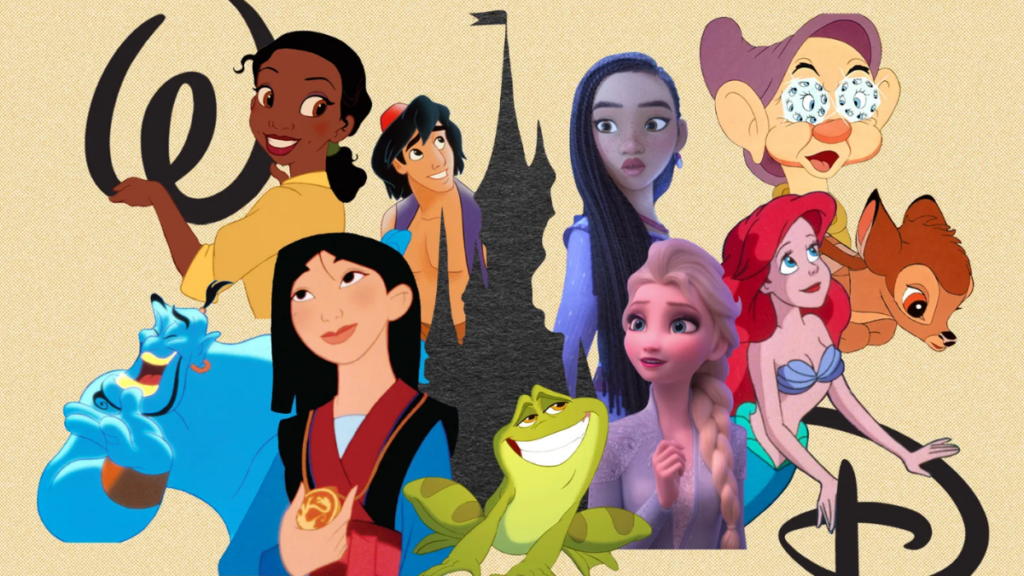An important change occurred in the animation industry in the early 2000s when computer-generated imagery started to replace traditional hand-drawn methods. Disney was more cautious, clinging to its hand-drawn origins until 2011 when it formally discontinued conventional animation with the release of ‘Winnie the Pooh’, but DreamWorks and Pixar swiftly adopted this trend.
Motion capture technology, which records live performers’ movements and superimposes computer animation on top, was becoming a new technique for character animation at the same time. Despite the popularity of this technique in movies like ‘The Lord of the Rings’, Disney eventually distanced itself from motion capture as a result of its attempts to incorporate the technique into its projects.
Image Courtesy: IMDb
The idea of employing live actors in animation has its roots in rotoscoping, a method that artist Max Fleischer has been using since 1915 to produce realistic cartoons by projecting live-action video for tracing. Many later animations, such as Disney’s ‘Snow White and the Seven Dwarfs’, were influenced by this technique.
Over the years, rotoscoping became widely used despite disagreements regarding the validity of motion capture. In the 1970s, for example, director Ralph Bakshi used it to adapt Tolkien’s ‘The Lord of the Rings’. In the meantime, Don Bluth and other Disney animators used the method in movies like ‘The Secret of Nimh’ and ‘An American Tail’.
Image Courtesy: IMDb
Disney first tried motion capture in movies like Jim Carrey’s 2009 ‘A Christmas Carol’, but despite the movie’s modest box office performance, it was unable to recoup its high production costs. Disney’s leadership underwent significant adjustments as a result of this underwhelming performance.
Disney was ultimately deterred from using motion capture as its main animation technique by the commercial failure of ‘Mars Needs Moms’ (2011), its next big motion capture movie. Since then, Disney has mostly gone back to traditional computer animation, employing motion capture as an adjunct to storytelling rather than as a stand-alone technique.
–Farheen Ali
